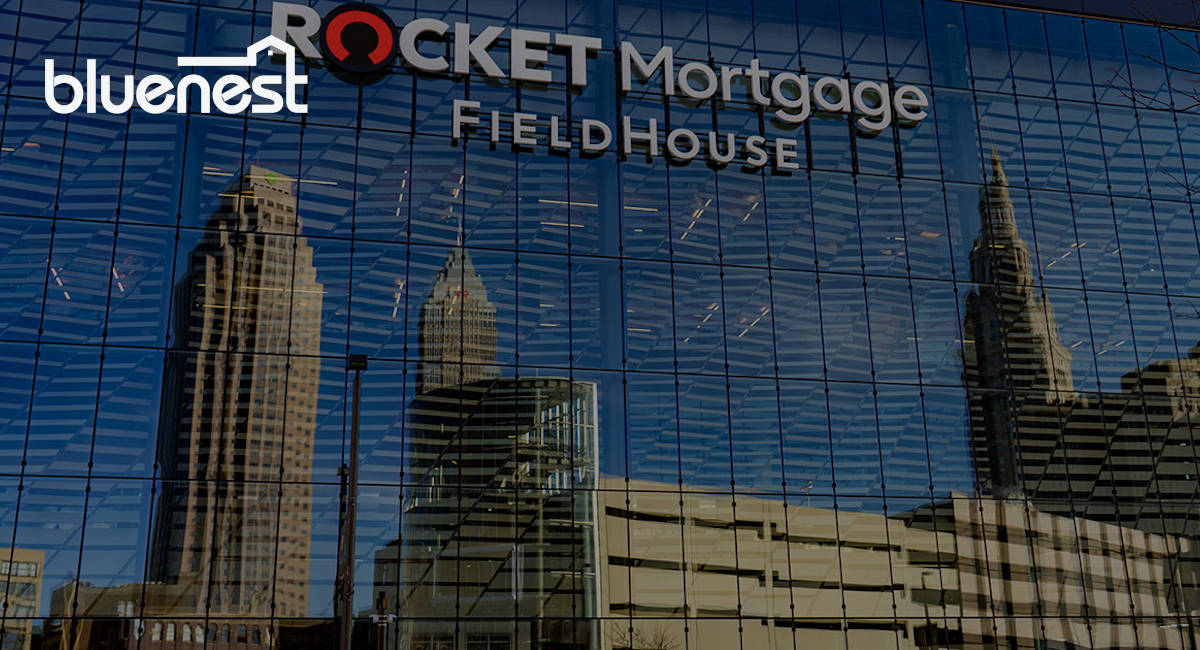
Graduating from college is liberating: it marks your first significant achievement into adulthood.
Whether you’re graduating in 2020 or have already been working for a few years, we’re here to help you start planning for the bigger milestones down the road, like buying your first home and getting a home loan.
Since buying a home is possibly the biggest financial commitment anyone can make, it’s wise to start saving well in advance. A good rule of thumb is the 50/30/20 rule financial gurus tout:
When do you plan on putting down the first payment on your new home? Work backwards and figure out the timeline, so you know how much time you have to save the funds you need.
We have a more detailed article on how to do financial planning, but here’s a brief rundown:

First, you’ll want to figure out when you’ll likely be making the first payment on your new home. This expected time of purchase (e.g. 3-4 years later) is how much of a runway you’ll have to save.
Then, chart your monthly savings to get a clearer picture of how they will accumulate over time. This includes the moolah in your bank account as well as your combined CPF contributions.
What sort of interest are you earning on that money? Factor that into your calculations too.
This will eventually translate into your budget for the home and the mortgage you’ll qualify for. (Read also: How to Apply for a BTO / Balance Flat)
It’s never too early to begin planning for your future. Apart from reading articles just like this, talk to a financial adviser about your goals.
They’ll be able to answer your questions about the process of buying a home and what you need to be ready.
(Read also: Buying Your First Home in Singapore? Here’s What You Need to Know.)
What better way to secure a mortgage than to be prepared? Start by comparing the different types of mortgages, such as a bank vs an HDB loan.The type of loan you ultimately choose will be a combination of a few factors like:
Shortlist 2-3 home loan packages that you might want to apply for eventually. Take note of the requirements for each home loan application.

Here’s what you should know about getting an HDB loan:
To be eligible for an HDB loan:
When you finally decide on a property to buy, the amount you’ve got in your CPF OA can go towards the down payment.
For an HDB loan, the required down payment is 10% of the purchase price of the home. You can pay this off using your CPF or housing grants.
(Pro Tip: You can get up to $160,000 in subsidies if you’re going for a resale flat, which could effectively put them at the same price range as a BTO!)
But if you get a bank loan, you’ll need to put down 25% of the purchase price. From this amount, 5% must be paid in cash while the other 20% can come from your CPF (or cash).
The total amount of CPF you can use depends on the type of property you buy. Don’t burn through it all though: if you can afford it, we recommend keeping at least $20,000 in your CPF to accumulate risk-free interest. Even though the idea of “retirement” might be a distant future, you won’t want to sacrifice long-term financial security for a continually-dwindling HDB lease.
Would you rather play it safe or put the work in to get the best deals? Knowing your risk profile can help you decide what type of loan is best for you.
Broadly, here are the four types of risk profiles we tend to fall into:
The safety net: If you’d prefer a set rate for a predetermined period of time, opt for the fixed rate. There are no surprises here, as the rate stays the same for the first 1 to 5 years. This is the perfect option for people who have found the right home and intend on settling there over a long period of time.
A small risk appetite: If you’d prefer the cheapest rates in the market with transparency, opt for a floating rate. The downside: It’s somewhat volatile and only works if you’re willing to refinance your mortgage every few years.
Somewhere in the middle: If you’d prefer a rate that’s not as volatile but still transparent, opt for fixed deposit-linked rate. The downside: Rates change based on the bank.
The risk-seeker: If you’re open to risks, opt for a board rate and you may get the lowest rate. The downside: Rates are not transparent and can change based on the bank.

Your credit history directly impacts your chance of getting a home loan approved. If you don’t already have a credit card, now might be the time to get one and start building a good credit history. There are plenty of options out there, Moneysmart helps to compare and evaluate the best for you!
If you already have a credit card account, improve your credit score by: